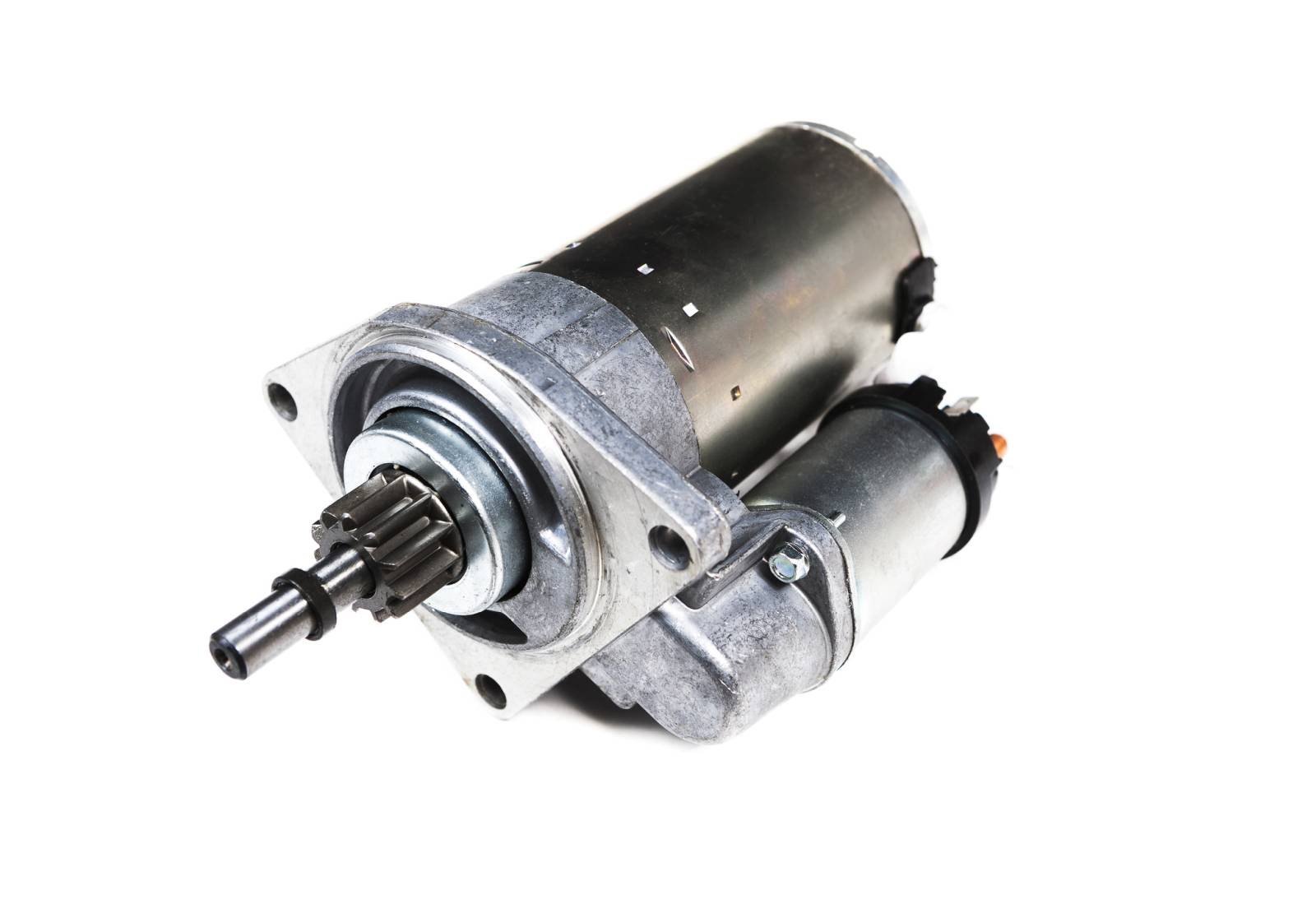The starter motor: Understanding its role and common malfunctions
The starter motor is a crucial part of your car’s starting system. It is responsible for starting the engine, starting the combustion process and getting your car moving. Although starter motors are generally reliable, they can develop problems over time due to wear and tear or electrical problems. This article sheds light on the function of the starter motor and the common failures that can occur.
The starter motor is an electric motor powered by your car’s battery. When you turn the ignition key or press the start button, it engages a gear that engages the flywheel on the engine’s crankshaft. The starter motor as pictured from auto parts24.co.uk then turns the flywheel, which in turn engages the engine’s pistons, allowing fuel and air to enter the cylinders and begin the combustion cycle.
Common starter motor failures:
- Clicking sound: When you try to start your car, you may hear a clicking sound, but the engine does not start. This is often caused by a weak or dead battery, loose connections or a faulty solenoid starter (a relay that controls the starter motor).
- Grinding noise: A grinding noise during starting usually indicates a worn starter motor or flywheel. The teeth on these parts can wear down over time, leading to a grinding sound when they interlock.
- Buzzing sound: If you hear a buzzing sound but the engine does not start, it could mean that the starter motor is spinning freely without touching the flywheel. This can be caused by a broken pinion or a faulty electromagnet.
- Slow cranking: If the engine starts slowly or has difficulty starting, it may be due to a weak battery, corroded battery terminals or a faulty starter motor.
- No sound: If you turn the key or press the start button and there is no sound at all, this may indicate a problem with the starter motor itself, the ignition switch or the wiring.
Troubleshoot and repair: Make sure the battery is fully charged and the terminals are clean and firm. Check the connections between the battery, starter and solenoid for loose or corroded wires. A simple test is to tap the solenoid with a hammer while someone else tries to start the car. If the engine fires, the solenoid may be faulty and must be replaced. If the problem persists, it is advisable to have your car checked by a qualified mechanic. They can accurately diagnose and recommend appropriate repairs or replacements.
Preventing problems with starter motors:
- Regular maintenance: Have your car’s battery and starting system checked regularly by a mechanic.
- Avoid excessive cranking: If your engine does not start immediately, avoid cranking it for more than 10-15 seconds. Wait a few minutes between attempts to let the starter motor cool down.
- Clean the battery terminals: Keep the battery terminals clean and free of corrosion.
By understanding the function of the starter motor and being aware of common malfunctions, you can take proactive measures to maintain your car’s starting system and ensure reliable starting performance. If you are experiencing problems with your starter motor, do not hesitate to seek professional help for proper diagnosis and repair.

